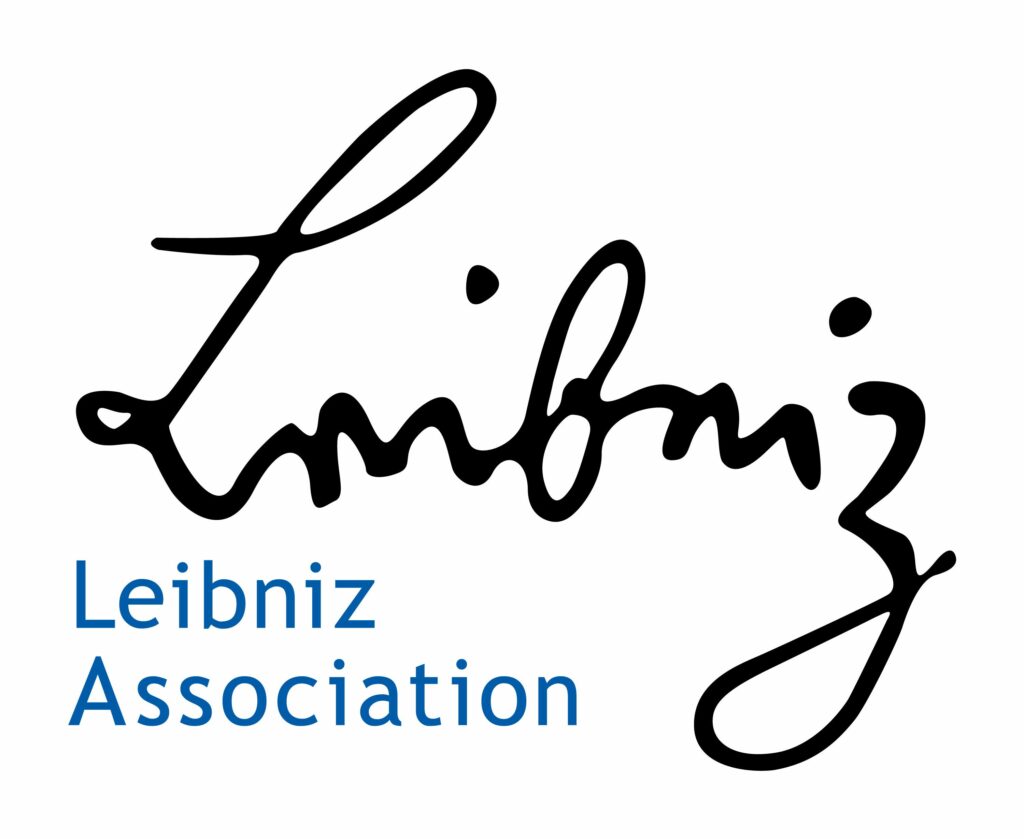About our research
Fish and Ships is the blog of various research projects (past and present) about international pre-modern trade in the European North Atlantic. It was initiated by the project Between the North Sea and the Norwegian Sea: interdisciplinary studies of the Hanse at the German Maritime Museum in Bremerhaven (2015-2019), which investigated the German (Hanseatic) trade in Iceland, the Faroe Islands and Shetland in the 15th-17th centuries. Since February 2020, the blog is maintained by the project Looking in from the Edge (LIFTE), a cooperation between researchers of the German Maritime Museum and the University of Highlands and Islands, Orkney College, in Kirkwall (Orkney). This project focuses on the commercialisation and the influence of international trade on the island communities of Orkney and Shetland in the early modern period (15th-18th centuries).
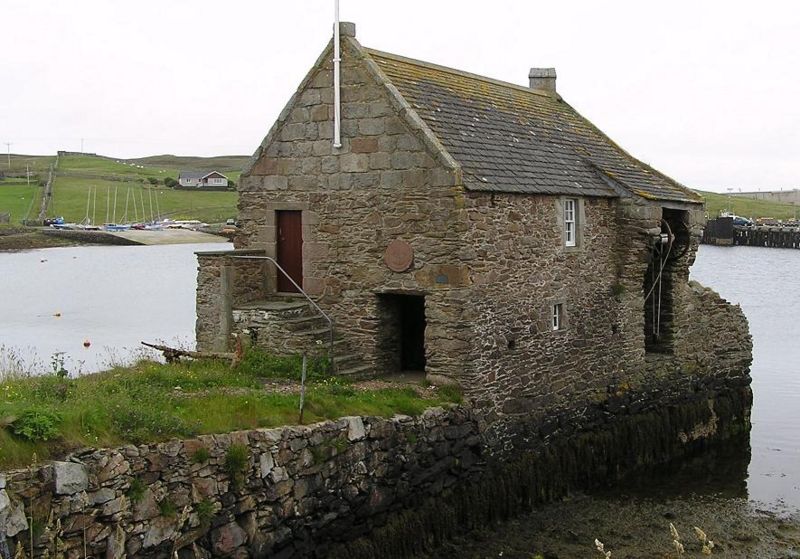
Looking in from the Edge (LIFTE)
During the 15th-18th centuries, a system of trade gradually brought much of the globe within its influence. In Europe, it led to peripheral places becoming closely tied into continental European trade networks, transforming their largely subsistence and low-level trading economies to commercialised, surplus-producing ones. One of the main actors in these developments was the Hanse — an organisation of interests of German merchants and towns formed around 1150 and which, in the 15th century, expanded into the North Atlantic. In Shetland, merchants from the Hanse towns Bremen and Hamburg dominated the international exchange with the islands in the late 15th to early 18th centuries. They were mainly interested in dried and salted fish, which drove the development of export-oriented fisheries in Shetland.
The influence of German traders in Shetland is contrasted with the economic situation on the Orkney islands, where German commercial interest is less well documented. The Orkney economy seems to have focused more on the exchange of agricultural produce with Scotland and Norway. Moreover, the project will look at merchants from other nations that were active in the region and investigate how they competed or cooperated and which influence they had on the local communities. Dutch fishermen, English and Scottish merchants and the local landowning elite (the lairds) with their strong connections with Norway were all part of a international commercial network in which the German merchants played a significant part.
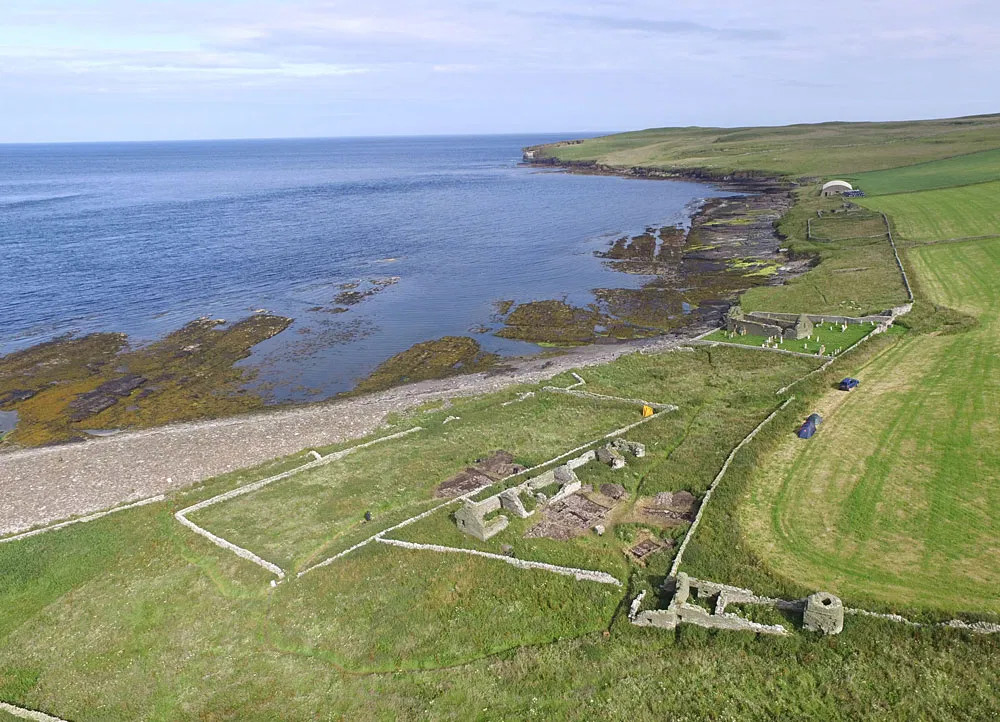
The three-year German-British research project LIFTE will explore the role of both island groups in the European economy during this period – aiming to uncover why the island economies developed so differently. To answer these questions, an interdisciplinary team of researchers from the University of Highlands and Islands in Orkney and from the German Maritime Museum in Bremerhaven will use (zoo-)archaeological and historical methods and sources, undertaking excavations and surveys of existing material and building remains on the islands alongside local archival work. See Meet the team for more information about the members of the research team.
LIFTE is generously funded by the Arts and Humanities Research Council (AHRC) and the German Research Foundation (DFG, Deutsche Forschungsgemeinschaft). For more information, see the descriptions of the in English and German.
Between the North Sea and the Norwegian Sea: interdisciplinary studies of the Hanse
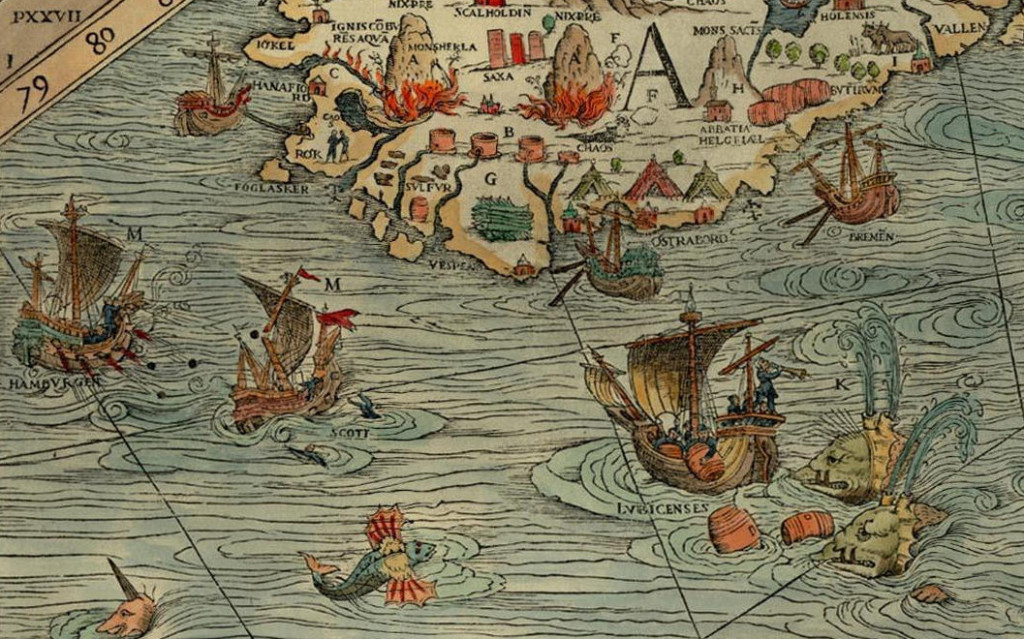
During the course of the 15th century merchants from northern Germany began to expand their trading links with the North Atlantic islands of Shetland, the Faroes and Iceland. In the following 200 years they became the most important trading partners for the islanders. Their main interest was the great demand for stockfish, a well preservable source of protein, in the urban centres of Europe in the late Middle Ages. Other north Atlantic goods of interest for mainland Europeans were sulphur (used among others for making gun powder), fish oil, wadmal (a coarse woolen fabric), and falcons (used by the nobility for hunting). At the same time, the inhabitants of the North Atlantic islands were dependent on foreign merchants for many commodities such as timber, metal products, cereals, beer, fine fabrics, and clothing.
Trade with regions north of Bergen in Norway, including the North Atlantic islands, was officially prohibited by the Hanse. This had to do with the position of Bergen as a transit point for trade with northern Europe, which was dominated by the Hanse, predominantly by merchants from Lübeck. In spite of this, hanseatic merchants, predominantly from Hamburg and Bremen, began to trade directly with the islands from the early fifteenth century onwards. Through these commercial links and the extensive exchange of goods and thoughts merchants influenced the economy and culture of these islands. However, these economic and cultural connections have never received much scholarly attention.
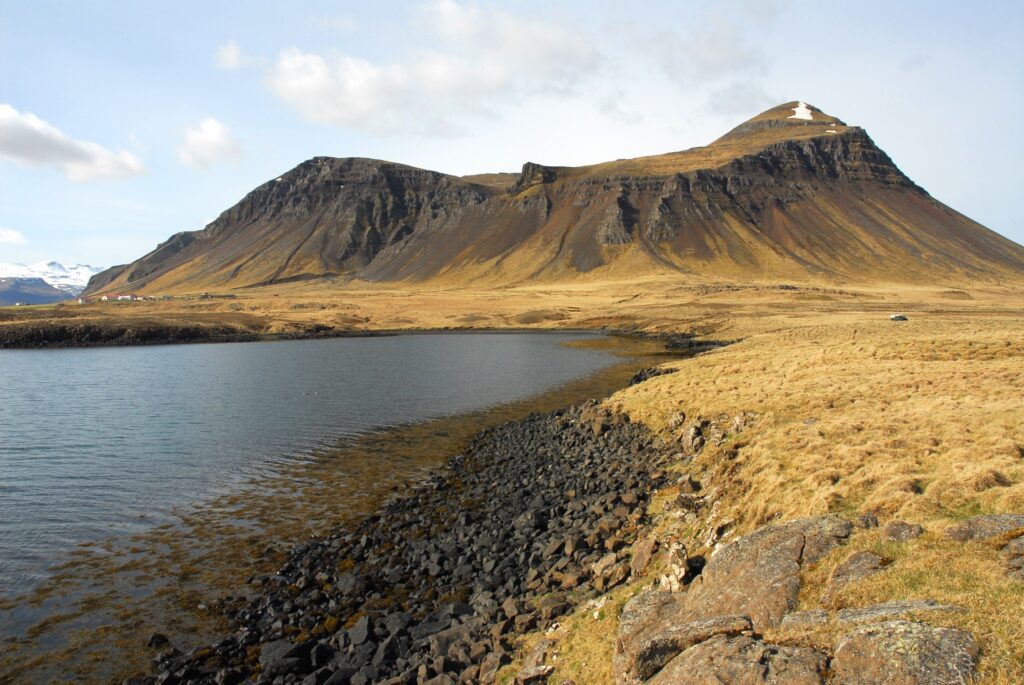
An interdisciplinary research team drawn from the disciplines of archaeology, history and archaeozoology investigates the many facets of this trade. Our team members (see: meet the team) cover the various aspects of the connections of German merchants with the North Atlantic. The main objectives include: how did trade on the North Atlantic islands operate, and how was it regulated? How did merchants and sailors interact? Which ships were in operation? How did these trade relations impact both societies?
Between the North Sea and the Norwegian Sea took place between 2015 and 2019 at the German Maritime Museum (Deutsches Schiffahrtsmuseum) in Bremerhaven. The project was generously funded by the Leibniz Association. For more information, see the project description on the site of the German Maritime Museum (in German).




